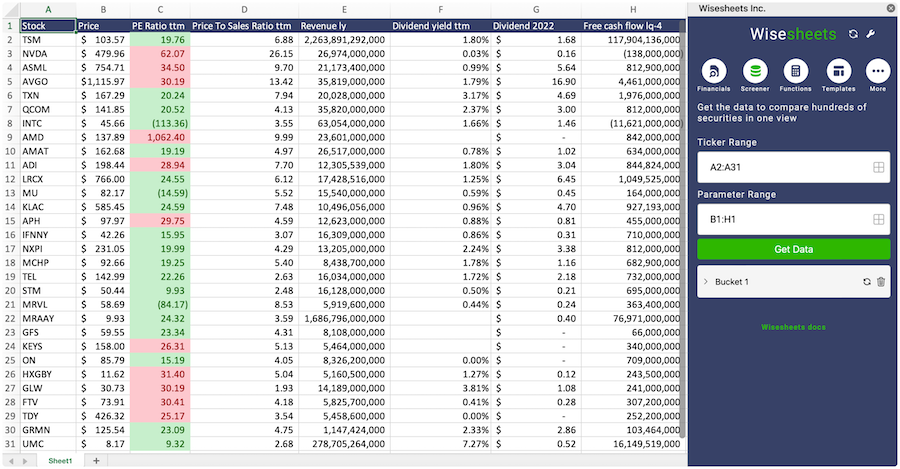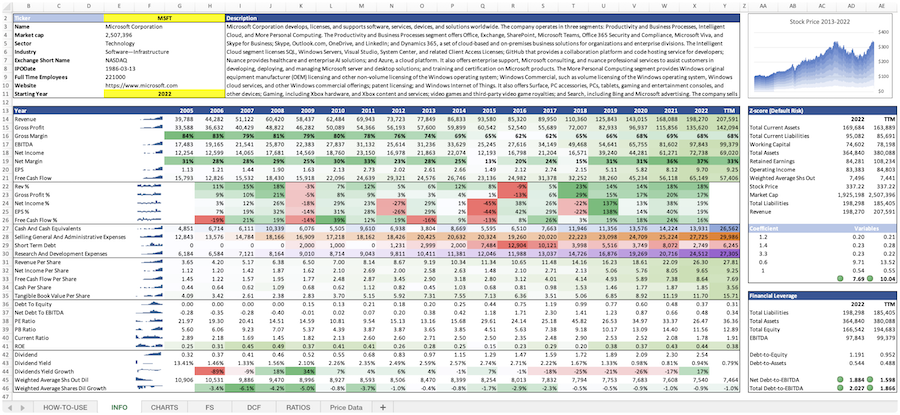Cabka N.V.
CABKA.AS
Price:
$1.8
Market Cap:
$44.48M
Cabka N.V. manufactures and sells pallets and containers made from recycled plastic in Europe and North America. The company sells its recycled plastic products to blue chip clients in the food and beverage, retail, agriculture, automotive, chemical, pharmaceutical, and pooling industries in approximately 80 countries. Cabka N.V. was incorporated in 1994 and is headquartered in Berlin, Germany.
Industry
Packaging & Containers
IPO Date
2020-11-19
Stock Exchange
AMS
Ticker
CABKA.AS
PE Ratio
[-3.53]
ROE
[-22.33%]
Current Ratio
[0.68]
Dividend Yield
[0%]
Enterprise Value
[116.68M]
Dividend History
The PE Ratio as of December 2025 (TTM) for Cabka N.V. (CABKA.AS) is -3.53
According to Cabka N.V.’s latest financial reports and current stock price. The company's current PE Ratio is -3.53. This represents a change of -57.08% compared to the average of -8.23 of the last 4 quarters.
Cabka N.V. (CABKA.AS) Historical PE Ratio (quarterly & annually)
How has CABKA.AS PE Ratio performed in the past?
The mean historical PE Ratio of Cabka N.V. over the last ten years is 64.07. The current -3.53 PE Ratio has changed -650.94% with respect to the historical average. Over the past ten years (40 quarters), CABKA.AS's PE Ratio was at its highest in in the June 2023 quarter at 49.17. The PE Ratio was at its lowest in in the December 2021 quarter at -31.99.
Average
64.07
Median
-5.55
Minimum
-97.60
Maximum
469.36
Cabka N.V. (CABKA.AS) PE Ratio by Quarter and Year
Discovering the peaks and valleys of Cabka N.V. PE Ratio, unveiling quarterly and yearly fluctuations to gain insights into the company’s financial performance and market dynamics, offering valuable data for investors and analysts alike.
Maximum Annual Increase = 1.97%
Maximum Annual PE Ratio = 469.36
Minimum Annual Increase = -1241.28%
Minimum Annual PE Ratio = -97.60
| Year | PE Ratio | Change |
|---|---|---|
| 2024 | -5.55 | -94.32% |
| 2023 | -97.60 | 1.97% |
| 2022 | -4.72 | -101.01% |
| 2021 | 469.36 | -1241.28% |
Cabka N.V. (CABKA.AS) Average PE Ratio
How has CABKA.AS PE Ratio performed in the past?
The current PE Ratio of Cabka N.V. (CABKA.AS) is greater than its 3-year, less than than its 5-year, and less than than its 10-year historical averages
3-year avg
-35.96
5-year avg
64.07
10-year avg
64.07
Cabka N.V. (CABKA.AS) PE Ratio vs. Peers
How is CABKA.AS’s PE Ratio compared to its peers?
Cabka N.V.’s PE Ratio is
| Company | PE Ratio | Market cap |
|---|
Build a custom stock screener for Cabka N.V. (CABKA.AS) and other stocks
One of the best ways to find valuable stocks to invest in is to build a custom made screener in your Excel or Google Sheets spreadsheet. This allows you to compare thousands of companies like Cabka N.V. using the financials and key metrics that matter to you in a single view.
The easiest way to set this up is to use the Wisesheets add-on and set your spreadsheet like this:
Covering all these metrics from financial, data, dividend data, key metrics and more you can get all the data you want for over 50+ exchanges worldwide.
Get your free trial here.
Cabka N.V. (CABKA.AS) and other stocks custom spreadsheet templates
The easiest way to analyze a company like Cabka N.V. or any others is to create a spreadsheet model that automatically retrieves all of the stock data you need.
Using Wisesheets you can set up a spreadsheet model like this with simple spreadsheet formulas. If you change the ticker you can get all of the data automatically updated for you.
Whether you need live data, historical price data, financials, dividend data, key metrics, analyst estimates, or anything else...Wisesheets has you covered.
Frequently asked questions❓
What is the PE Ratio?
How can you use the PE Ratio?
What is Cabka N.V.'s PE Ratio?
How is the PE Ratio calculated for Cabka N.V. (CABKA.AS)?
What is the highest PE Ratio for Cabka N.V. (CABKA.AS)?
What is the 3-year average PE Ratio for Cabka N.V. (CABKA.AS)?
What is the 5-year average PE Ratio for Cabka N.V. (CABKA.AS)?
How does the current PE Ratio for Cabka N.V. (CABKA.AS) compare to its historical average?

